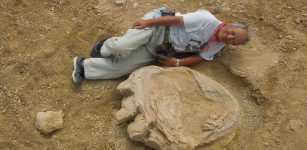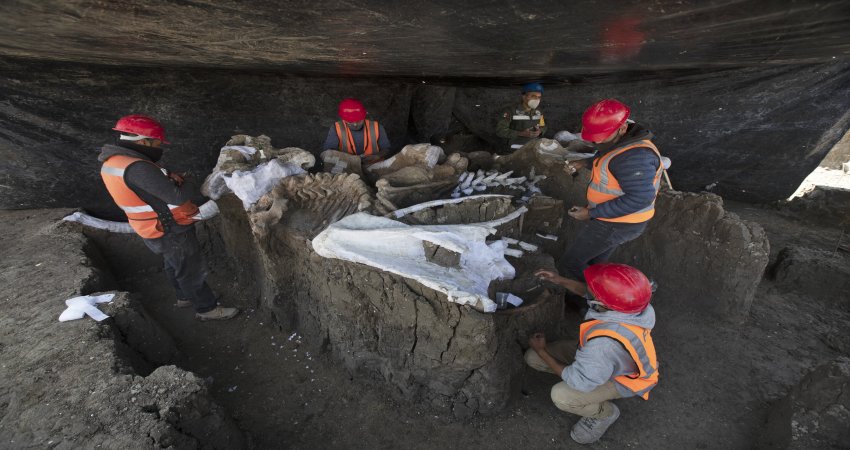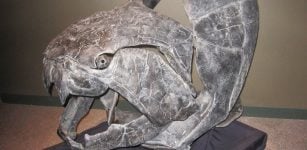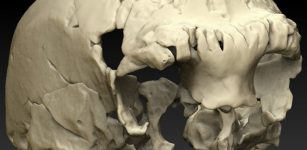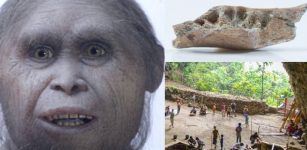35,000-Year-Old Fossil Discovered In Pestera Muierii Cave Sheds New Light On The Back-Migration To Africa Hypothesis
MessageToEagle.com – A 35,000-year-old fossil found in the Pestera Muierii cave in Romania can shed new light on the back-migration to Africa hypothesis.
The mitochondrial genome of a fossil belonged to a woman who was part of the first population of our species that inhabited Europe following the Eurasian expansion of Homo sapiens from Africa, and the lineage she belongs to reinforces the hypothesis of a back-migration to Africa during the Upper Palaeolithic, says a group of international researchers from Spain, Romania, Sweden and Netherlands.
Scientists were able to retrieve the complete sequence of the mitogenome of the Pestera Muierii woman (PM1) using two teeth. This mitochondrial genome corresponds to the now disappeared U6 basal lineage, and it is from this lineage that the U6 lineages, now existing mainly in the populations of the north of Africa, descend from.
See also:
4,500-Year-Old Skeleton Unearthed In Ethiopia Reveals Vast Eurasian-African Migration
Here’s How Genetics Helped Crack The History Of Human Migration
Ancient Rivers That Existed 100,000 Years Ago Created ‘Green Corridors’ Across Sahara
Based on the preliminary results, researchers now think it’s possible to to confirm the Eurasian origin of the U6 lineage but also to support the hypothesis that some populations embarked on a back-migration to Africa from Eurasia at the start of the Upper Palaeolithic, about 40-45,000 years ago. The Pestera Muierii individual represents one branch of this return journey to Africa of which there is no direct evidence owing to the lack of Palaeolithic fossil remains in the north of Africa.
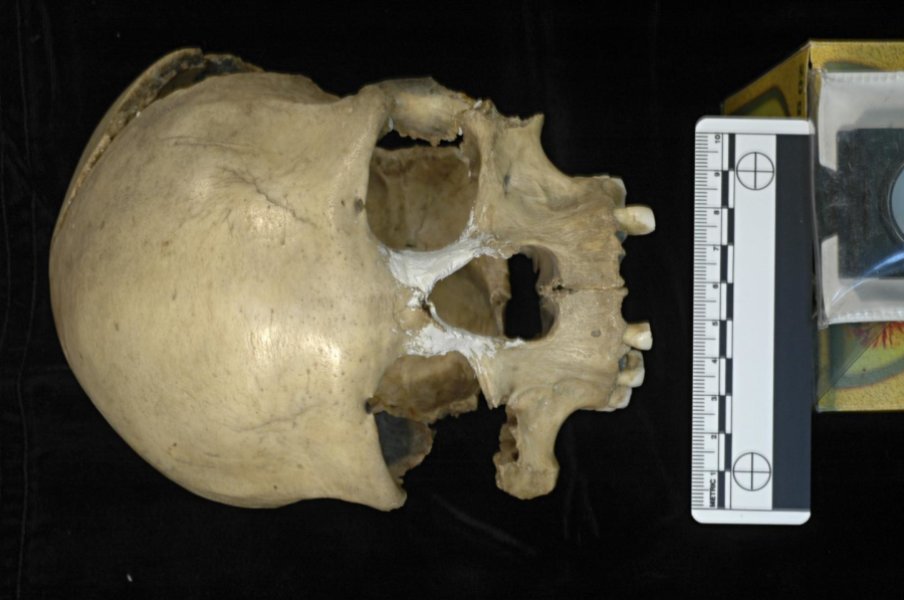
Credit: E. Trinkaus and A. Soficaru
“Right now, the research group is analyzing the nuclear genome the results of which could provide us with information about its relationship with the Neanderthals and about the existence of genomic variations associated with the immune system that accounts for the evolutionary success of Homo sapiens over other human species with whom it co-existed.
What is more, we will be able to see what the phenotypic features of early Homo sapiens were like, and also see how population movements in the past influence the understanding of our evolutionary history,” explained Professor Concepción de la Rúa from the Human Evolutionary Biology group of the Faculty of Science and Technology.
MessageToEagle.com


